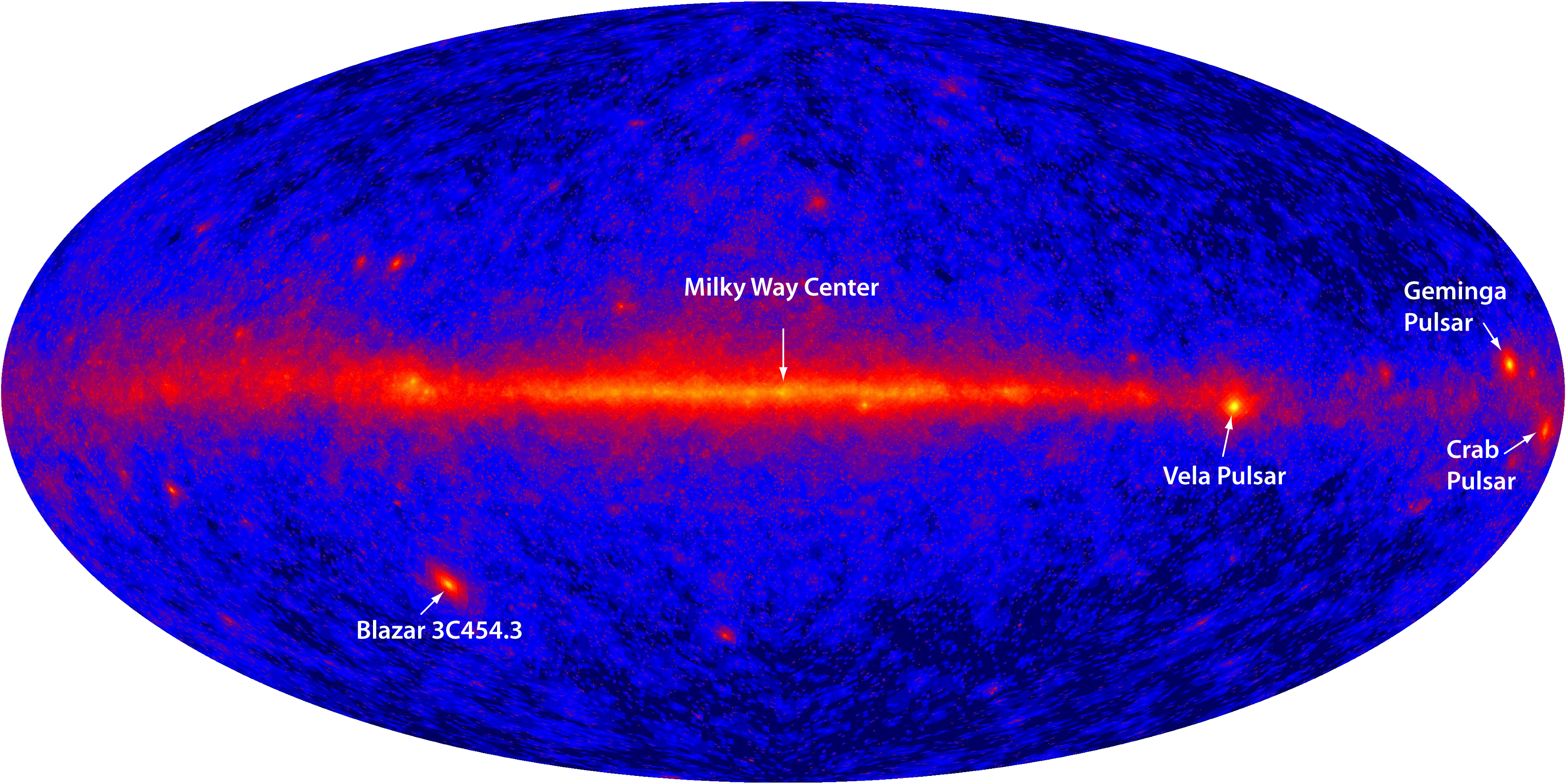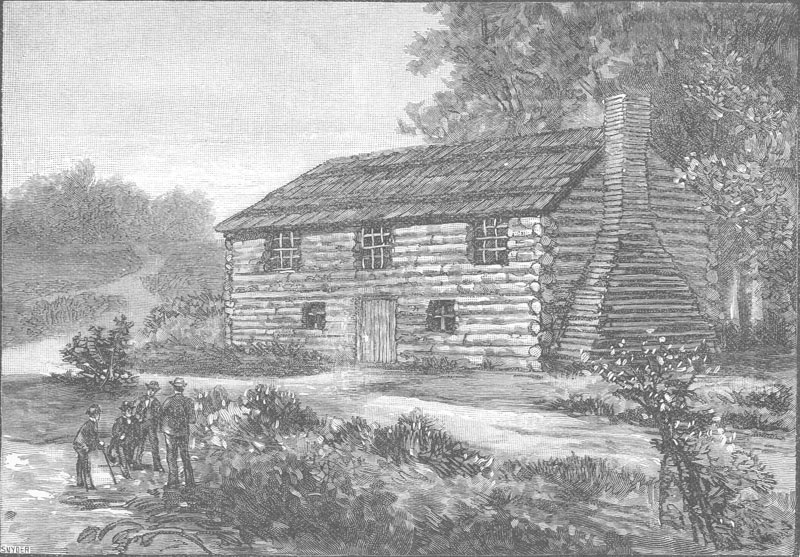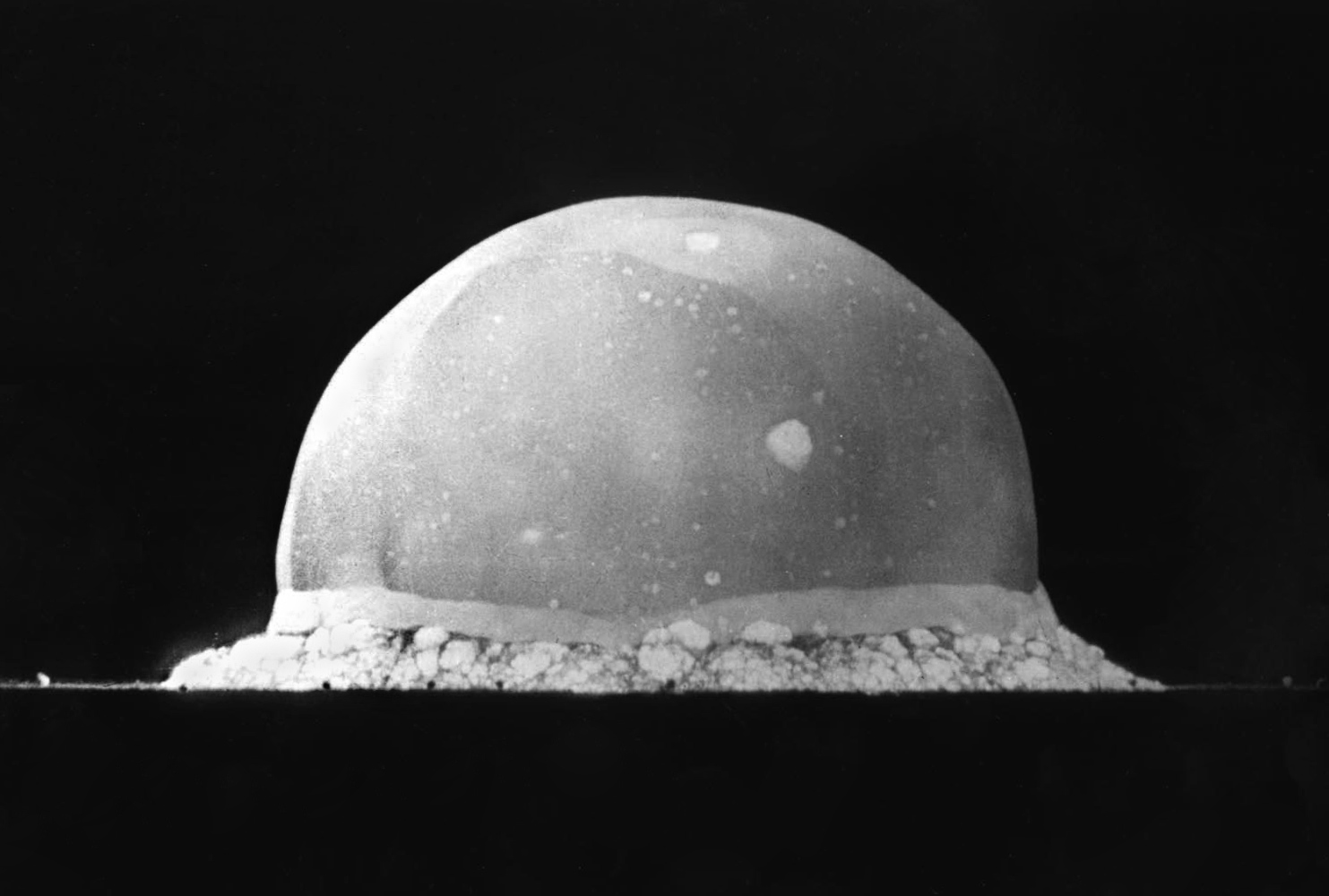|
Richard V. E. Lovelace
Richard Van Evera Lovelace is an American astrophysicist and plasma physicist. He is best known for the discovery of the period of the pulsar in the Crab Nebula ( Crab pulsar), which helped to prove that pulsars are rotating neutron stars, for developing a magnetic model of astrophysical jets from galaxies, and for developing a model of Rossby waves in accretion disks. He organized a US-Russia collaboration in plasma astrophysics, which focused on modeling of plasma accretion and outflows from magnetized rotating stars. Early life and education Lovelace is the son of city planner Eldridge Lovelace and Marjorie Van Evera Lovelace.Eldridge Lovelace obituary ''Kansas City Star'', November 27, 2008. [...More Info...] [...Related Items...] OR: [Wikipedia] [Google] [Baidu] |
Cornell University
Cornell University is a Private university, private Ivy League research university based in Ithaca, New York, United States. The university was co-founded by American philanthropist Ezra Cornell and historian and educator Andrew Dickson White in 1865. Since its founding, Cornell University has been a Mixed-sex education, co-educational and nonsectarian institution. As of fall 2024, the student body included 16,128 undergraduate and 10,665 graduate students from all 50 U.S. states and 130 countries. The university is organized into eight Undergraduate education, undergraduate colleges and seven Postgraduate education, graduate divisions on its main Ithaca campus. Each college and academic division has near autonomy in defining its respective admission standards and academic curriculum. In addition to its primary campus in Ithaca, Cornell University administers three satellite campuses, including two in New York City, the Weill Cornell Medicine, medical school and ... [...More Info...] [...Related Items...] OR: [Wikipedia] [Google] [Baidu] |
Princeton University
Princeton University is a private university, private Ivy League research university in Princeton, New Jersey, United States. Founded in 1746 in Elizabeth, New Jersey, Elizabeth as the College of New Jersey, Princeton is the List of Colonial Colleges, fourth-oldest institution of higher education in the United States and one of the nine colonial colleges chartered before the American Revolution. The institution moved to Newark, New Jersey, Newark in 1747 and then to its Mercer County, New Jersey, Mercer County campus in Princeton nine years later. It officially became a university in 1896 and was subsequently renamed Princeton University. The university is governed by the Trustees of Princeton University and has an endowment of $37.7 billion, the largest List of colleges and universities in the United States by endowment, endowment per student in the United States. Princeton provides undergraduate education, undergraduate and graduate education, graduate instruction in the hu ... [...More Info...] [...Related Items...] OR: [Wikipedia] [Google] [Baidu] |
Fast Fourier Transform
A fast Fourier transform (FFT) is an algorithm that computes the discrete Fourier transform (DFT) of a sequence, or its inverse (IDFT). A Fourier transform converts a signal from its original domain (often time or space) to a representation in the frequency domain and vice versa. The DFT is obtained by decomposing a sequence of values into components of different frequencies. This operation is useful in many fields, but computing it directly from the definition is often too slow to be practical. An FFT rapidly computes such transformations by Matrix decomposition, factorizing the DFT matrix into a product of Sparse matrix, sparse (mostly zero) factors. As a result, it manages to reduce the Computational complexity theory, complexity of computing the DFT from O(n^2), which arises if one simply applies the definition of DFT, to O(n \log n), where is the data size. The difference in speed can be enormous, especially for long data sets where may be in the thousands or millions. ... [...More Info...] [...Related Items...] OR: [Wikipedia] [Google] [Baidu] |
Arecibo Observatory
The Arecibo Observatory, also known as the National Astronomy and Ionosphere Center (NAIC) and formerly known as the Arecibo Ionosphere Observatory, is an observatory in Barrio Esperanza, Arecibo, Puerto Rico owned by the US National Science Foundation (NSF). The observatory's main instrument was the Arecibo Telescope, a spherical reflector dish built into a natural sinkhole, with a cable-mount steerable receiver and several radar transmitters for emitting signals mounted above the dish. Completed in 1963, it was the world's largest single-aperture telescope for 53 years, surpassed in July 2016 by the Five-hundred-meter Aperture Spherical Telescope (FAST) in China. On August 10 and November 6, 2020, two of the receiver's support cables broke and the NSF announced that it would decommission the telescope. The telescope collapsed on December 1, 2020. In 2022, the NSF announced the telescope will not be rebuilt, with an educational facility to be established on the site. T ... [...More Info...] [...Related Items...] OR: [Wikipedia] [Google] [Baidu] |
Crab Pulsar
The Crab Pulsar (PSR B0531+21 or Baade's Star) is a relatively young neutron star. The star is the central star in the Crab Nebula, a remnant of the supernova SN 1054, which was widely observed on Earth in the year 1054.Supernova 1054 – Creation of the Crab Nebula Discovered in 1968, the was the first to be connected with a supernova remnant.  The Crab Pulsar is one of very few pulsars to be identified optically. The
The Crab Pulsar is one of very few pulsars to be identified optically. The [...More Info...] [...Related Items...] OR: [Wikipedia] [Google] [Baidu] |
Astronomical Radio Source
An astronomical radio source is an object in outer space that emits strong radio waves. Radio emission comes from a wide variety of sources. Such objects are among the most extreme and energetic physical processes in the universe. History In 1932, American physicist and radio engineer Karl Jansky detected radio waves coming from an unknown source in the center of the Milky Way galaxy. Jansky was studying the origins of radio frequency interference for Bell Laboratories. He found "...a steady hiss type static of unknown origin", which eventually he concluded had an extraterrestrial origin. This was the first time that radio waves were detected from outer space. The first radio sky survey was conducted by Grote Reber and was completed in 1941. In the 1970s, some stars in the Milky Way were found to be radio emitters, one of the strongest being the unique binary MWC 349. Sources: Solar System The Sun As the nearest star, the Sun is the brightest radiation source in most frequenc ... [...More Info...] [...Related Items...] OR: [Wikipedia] [Google] [Baidu] |
James Clerk Maxwell Prize For Plasma Physics
The James Clerk Maxwell Prize for Plasma Physics is an annual American Physical Society (APS) award that is given in recognition of outstanding contributions to the field of the Plasma Physics. It was established in 1975 by Maxwell Technologies, Inc, in honor of the Scottish physicist James Clerk Maxwell. It is currently sponsored by General Atomics. The prize includes a $10,000 USD monetary award and recognition at the annual American Physical Society Division of Plasma Physics conference. Recipients See also * Hannes Alfvén Prize * List of physics awards A list is a set of discrete items of information collected and set forth in some format for utility, entertainment, or other purposes. A list may be memorialized in any number of ways, including existing only in the mind of the list-maker, but ... * List of prizes named after people References External linksOfficial Website {{DEFAULTSORT:Maxwell Prize Awards of the American Physical Society Awards established ... [...More Info...] [...Related Items...] OR: [Wikipedia] [Google] [Baidu] |
Journal Of Computational Astrophysics And Cosmology
A journal, from the Old French ''journal'' (meaning "daily"), may refer to: *Bullet journal, a method of personal organization *Diary, a record of personal secretive thoughts and as open book to personal therapy or used to feel connected to oneself. A record of what happened over the course of a day or other period *Daybook, also known as a general journal, a daily record of financial transactions *Logbook, a record of events important to the operation of a vehicle, facility, or otherwise * Transaction log, a chronological record of data processing *Travel journal, a record of the traveller's experience during the course of their journey In publishing, ''journal'' can refer to various periodicals or serials: *Academic journal, an academic or scholarly periodical **Scientific journal, an academic journal focusing on science **Medical journal, an academic journal focusing on medicine **Law review, a professional journal focusing on legal interpretation *Magazine, non-academic or sch ... [...More Info...] [...Related Items...] OR: [Wikipedia] [Google] [Baidu] |
Physical Review Letters
''Physical Review Letters'' (''PRL''), established in 1958, is a peer-reviewed, scientific journal that is published 52 times per year by the American Physical Society. The journal is considered one of the most prestigious in the field of physics. Over a quarter of Physics Nobel Prize-winning papers between 1995 and 2017 were published in it. ''PRL'' is published both online and as a print journal. Its focus is on short articles ("letters") intended for quick publication. The Lead Editor is Hugues Chaté. The Managing Editor is Robert Garisto. History The journal was created in 1958. Samuel Goudsmit, who was then the editor of '' Physical Review'', the American Physical Society's flagship journal, organized and published ''Letters to the Editor of Physical Review'' into a new standalone journal'','' which became ''Physical Review Letters''. It was the first journal intended for the rapid publication of short articles, a format that eventually became popular in many other fiel ... [...More Info...] [...Related Items...] OR: [Wikipedia] [Google] [Baidu] |
American Physical Society
The American Physical Society (APS) is a not-for-profit membership organization of professionals in physics and related disciplines, comprising nearly fifty divisions, sections, and other units. Its mission is the advancement and diffusion of knowledge of physics. It publishes more than a dozen scientific journals, including the prestigious '' Physical Review'' and ''Physical Review Letters'', and organizes more than twenty science meetings each year. It is a member society of the American Institute of Physics. Since January 2021, it is led by chief executive officer Jonathan Bagger. History The American Physical Society was founded on May 20, 1899, when thirty-six physicists gathered at Columbia University for that purpose. They proclaimed the mission of the new Society to be "to advance and diffuse the knowledge of physics", and in one way or another the APS has been at that task ever since. In the early years, virtually the sole activity of the APS was to hold scientific m ... [...More Info...] [...Related Items...] OR: [Wikipedia] [Google] [Baidu] |
Tau Beta Pi
The Tau Beta Pi Association (commonly Tau Beta Pi, , or TBP) is the oldest engineering honor society and the second oldest collegiate honor society in the United States. It honors engineering students in American universities who have shown a history of academic achievement as well as a commitment to personal and professional integrity. Specifically, the association was founded "to mark in a fitting manner those who have conferred honor upon their Alma Mater by distinguished scholarship and exemplary character as students in engineering, or by their attainments as alumni in the field of engineering, and to foster a spirit of liberal culture in engineering colleges". History When academic honor society Phi Beta Kappa sought to restrict its membership to students of the liberal arts in the late 19th century, Edward H. Williams Jr., a member of Phi Beta Kappa and head of the mining department at Lehigh University, formulated the idea of an honor society for those studying technica ... [...More Info...] [...Related Items...] OR: [Wikipedia] [Google] [Baidu] |
Los Alamos National Laboratory
Los Alamos National Laboratory (often shortened as Los Alamos and LANL) is one of the sixteen research and development Laboratory, laboratories of the United States Department of Energy National Laboratories, United States Department of Energy (DOE), located a short distance northwest of Santa Fe, New Mexico, in the Southwestern United States, American southwest. Best known for its central role in helping develop the First Atomic bomb, first atomic bomb, LANL is one of the world's largest and most advanced scientific institutions. Los Alamos was established in 1943 as Project Y, a top-secret site for designing nuclear weapons under the Manhattan Project during World War II.The site was variously called Los Alamos Laboratory and Los Alamos Scientific Laboratory. Chosen for its remote yet relatively accessible location, it served as the main hub for conducting and coordinating nuclear research, bringing together some of the world's most famous scientists, among them numerous Nobel ... [...More Info...] [...Related Items...] OR: [Wikipedia] [Google] [Baidu] |



